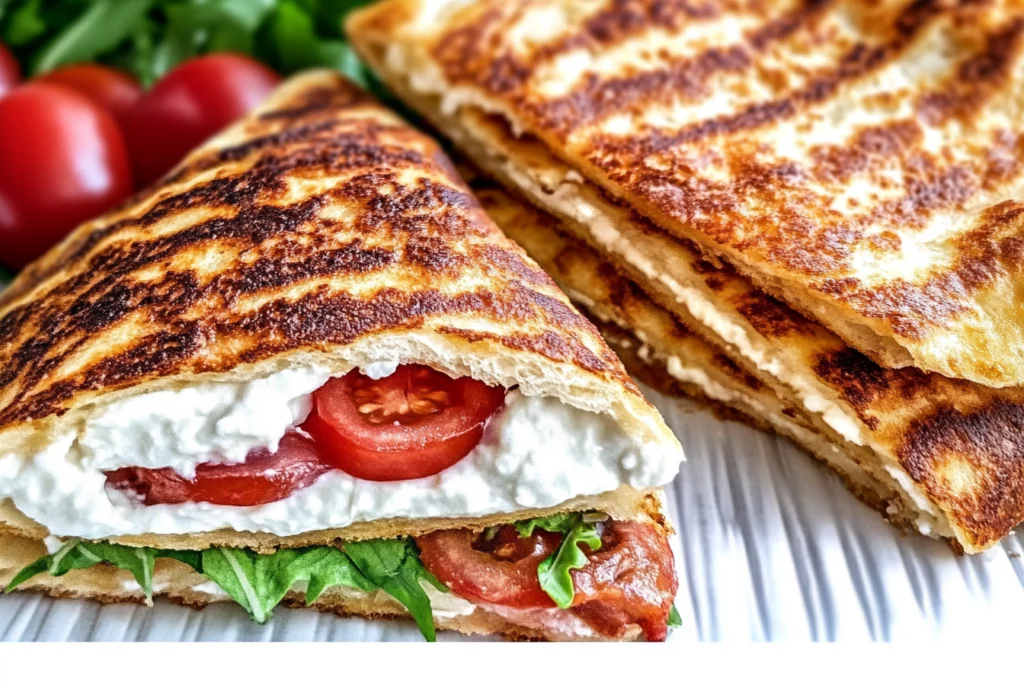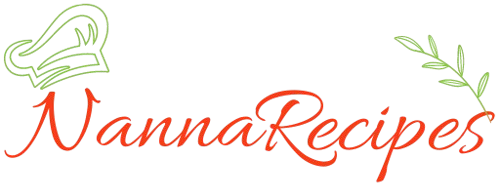If you’re searching for a quick, nutritious, and protein-rich alternative to traditional wraps or bread, look no further than cottage cheese wraps. These low-carb, grain-free, and high-protein wraps are making waves among health-conscious eaters—and for good reason.
In this guide, you’ll discover how to make cottage cheese wraps, the best fillings, dietary tips, storage hacks, and more. Whether you’re following a keto, gluten-free, or diabetic-friendly diet, these wraps are a must-try.
What Are Cottage Cheese Wraps and Why Are They So Popular?
Cottage cheese wraps are made by blending cottage cheese, eggs, and seasonings into a batter that’s baked into a pliable, bread-like sheet. It’s an ideal option if you’re avoiding flour or processed carbs.
Their growing popularity is similar to the rise of dairy-forward recipes like the boursin cheese spreads and dishes, which show how cheese-based recipes can be elevated to everyday meals.
What makes them a favorite:
- Low in carbohydrates
- Packed with lean protein
- Gluten-free and keto-friendly
- Versatile and easy to customize
- Great for meal prep
But their biggest selling point? They’re full of dairy-based protein, which provides lasting energy and muscle-repair benefits. Harvard Health highlights the benefits of protein from dairy sources, especially in keeping you full longer and helping with weight management.
Health Benefits: Beyond Just Protein
Not only are cottage cheese wraps filling, but they’re also gut-friendly thanks to their probiotic content. According to Cleveland Clinic, probiotics found in fermented dairy products like cottage cheese can improve digestion, support immune health, and enhance nutrient absorption.
Other benefits include:
- Improved satiety: Keeps hunger at bay
- Supports lean muscle gain
- Aids blood sugar management
- Low in sugar and carbs
Core Ingredients + Variations
A standard cottage cheese wrap includes:
- 1 cup cottage cheese (preferably full-fat or low-fat)
- 1 egg
- Seasonings (e.g., everything but the bagel seasoning, salt, garlic powder)
Delicious Variations:
- Add herbs like basil or chives for flavor
- Swap eggs for flax eggs for a vegetarian twist
- Add 1 tbsp of almond flour for firmer texture
- Sprinkle with paprika or chili for a spicy kick
How to Make Cottage Cheese Wraps (Step-by-Step)

You’ll need a blender, oven, and parchment paper. This process is simple and great for beginners.
Tools Required:
- Blender or food processor
- Baking tray (13×9-inch)
- Parchment paper
- Cooking spray
Cottage cheese wraps Instructions:
- Preheat your oven to 350°F (180°C).
- Blend cottage cheese, egg, and seasoning until smooth.
- Pour onto a lined tray and spread evenly.
- Bake for 25–30 minutes until golden and set.
- Cool for 5 minutes, peel off parchment, and fill.
Best Fillings for Cottage Cheese Wraps
Cottage cheese wraps are ultra-customizable. Try these delicious combinations:
Classic Deli Style:
- Deli turkey or chicken breast
- Provolone or mozzarella
- Roasted red peppers
- Spinach or arugula
- Drizzle of green goddess dressing
Vegetarian Option:
- Hummus
- Avocado slices
- Cucumbers
- Pickled onions
- Sun-dried tomatoes
Spicy Kick:
- Grilled chicken
- Jalapeños
- Pepper jack cheese
- Chipotle mayo
Storage & Meal Prep Tips
Cottage cheese wraps are perfect for meal prepping. Here’s how to keep them fresh:
- Fridge: Store cooked wraps in an airtight container for up to 4 days
- Freezer: Separate each wrap with parchment and freeze up to 2 months
- Reheat: Warm in a nonstick skillet or microwave for 30 seconds
Pro tip: Wraps stay firmer if you let them cool completely before stacking.
Diet-Friendly and Macro-Conscious
These wraps can be adapted to suit almost any diet:
Great For:
- Keto (just skip sugary dressings)
- Gluten-free (naturally no flour!)
- Vegetarian (use flax egg and veggie fillings)
- Diabetic-friendly (low glycemic index)
They’re also rich in calcium, magnesium, and potassium—essential for active lifestyles.
Creative Uses Beyond the Standard Wrap
Tired of the same wrap routine? Try these ideas:
- Breakfast burrito: Fill with scrambled eggs and avocado
- Snack rolls: Slice into pinwheels with tuna or hummus
- Grilled wraps: Toast with cheese for a crispy edge
- Pizza base: Use as a flatbread crust substitute
- Taco shell replacement
Common Mistakes to Avoid
Avoid these pitfalls for perfect results:
- Using chunky cottage cheese: Always blend until smooth
- Overbaking: This makes wraps too dry or brittle
- Under-seasoning: These wraps need a flavor boost
- Filling while too hot: Wait until cooled for clean rolling
Frequently Asked Questions
What are cottage cheese wraps made of?
Usually just cottage cheese, eggs, and seasonings—blended and baked.
Are they keto-friendly?
Absolutely! They are low-carb and high in fat and protein.
Can I use low-fat cottage cheese?
Yes, but full-fat yields better texture and flavor.
How many carbs are in one wrap?
About 2–3g net carbs, depending on ingredients.
Can I freeze them?
Yes! Freeze with parchment in between layers for easy reheat.
Nutritional Snapshot (per wrap)
- Calories: ~160–180
- Protein: ~14–18g
- Carbs: ~3g
- Fat: ~10g
- Fiber: ~1g
For a precise breakdown, check the USDA nutritional profile of cottage cheese.
Final Thoughts
Cottage cheese wraps are the perfect combination of nutrition, convenience, and versatility. They’re easy to make, endlessly customizable, and fit almost every diet plan. Whether you’re craving a light lunch, high-protein snack, or low-carb wrap, this cottage cheese miracle is your new go-to.

